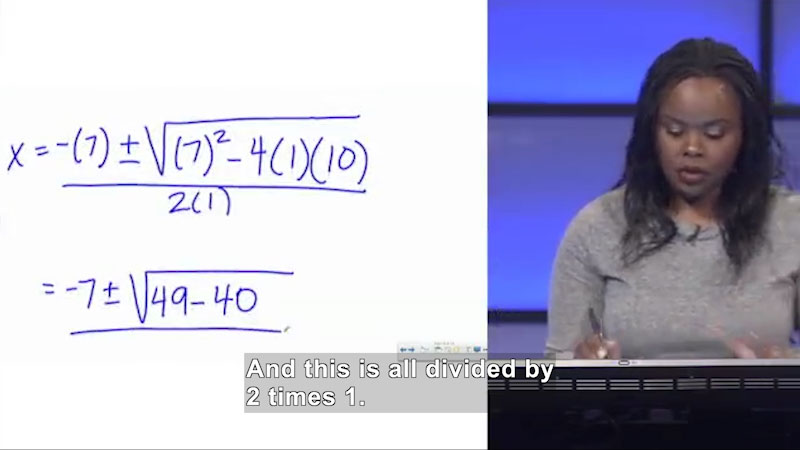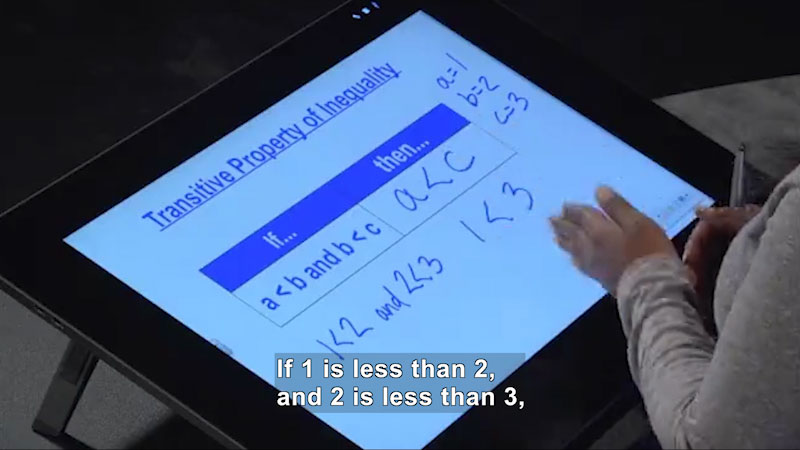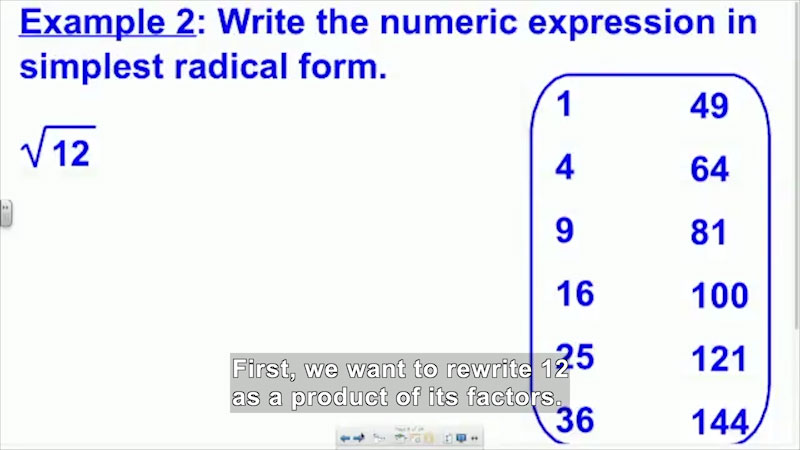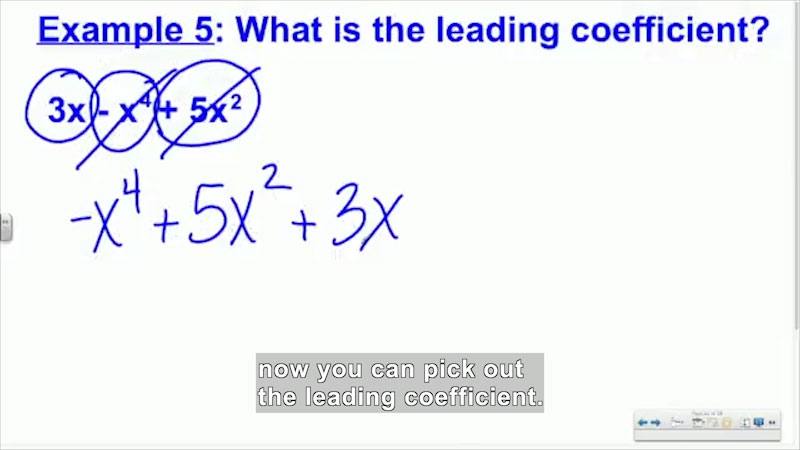Welcome to Algebra I: Calculating the Slope When Given Two Points
In this program, students will learn about calculating slope when given two points. Students also increase their understanding of the equation y=mx+b. Part of the "Welcome to Algebra I" series.
Media Details
Runtime: 14 minutes 34 seconds
- Topic: Mathematics
- Subtopic: Algebra, Mathematics
- Grade/Interest Level: 7 - 12
- Standards:
- Release Year: 2014
- Producer/Distributor: PBS Learning Media
- Series: Welcome to Algebra I
- Report a Problem
Available Resources
Related Media

Welcome to Algebra I: Solving Quadratic Equations Algebraically

Welcome to Algebra I: Representing an Inverse Variation Algebraically

Welcome to Algebra I: Properties of Inequality

Welcome to Algebra I: Simplifying Square Roots of Whole Numbers

Welcome to Algebra I: Introduction to Polynomials

Welcome to Algebra I: Modeling Real-World Situations

Welcome to Algebra I: Evaluating Expressions

Welcome to Algebra I: Translating Expressions

Welcome to Algebra I: Determining if a Direct Variation Exists

Welcome to Algebra I: Solving Literal Equations
